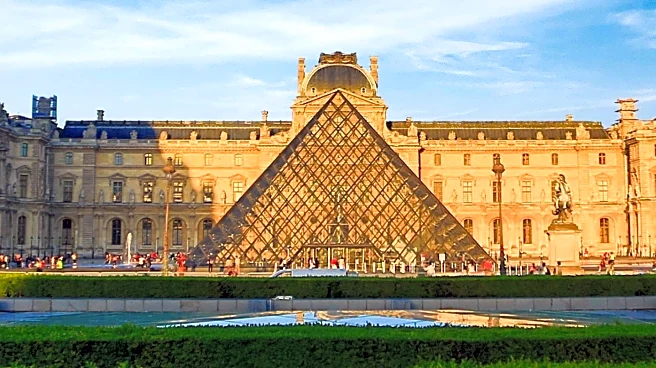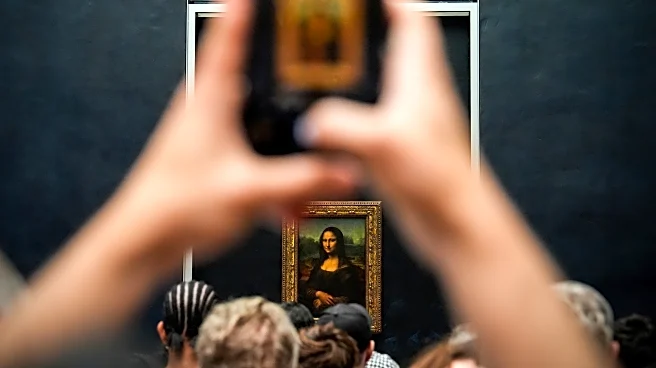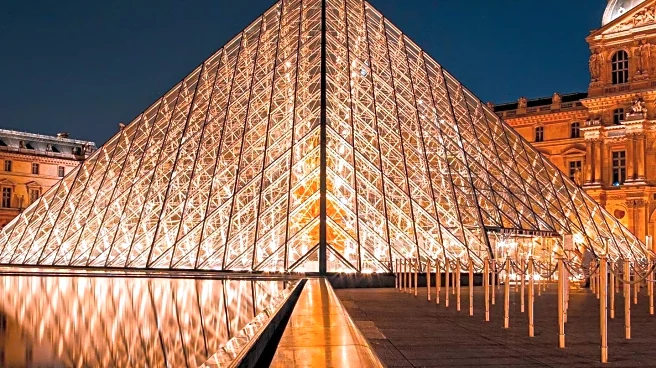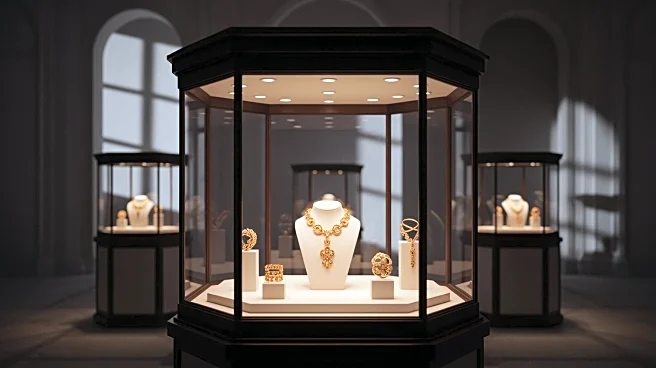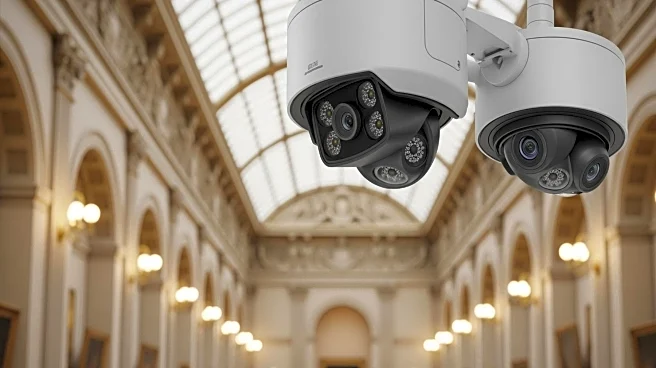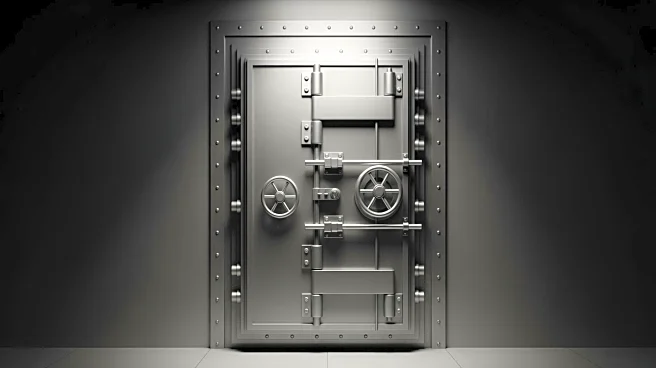What's Happening?
A recent heist at the Louvre Museum in Paris has heightened security concerns among museums worldwide. Thieves managed to steal several valuable artifacts, including crown jewels and an emerald necklace,
prompting a security review at the Louvre and other cultural sites. This incident is reminiscent of past high-profile museum thefts, such as the 1911 theft of the 'Mona Lisa' and the 1990 Isabella Stewart Gardner Museum heist in Boston. The recent theft has left other galleries on edge, as they reassess their security measures to protect their collections.
Why It's Important?
The Louvre heist underscores the vulnerability of cultural institutions to theft, highlighting the need for enhanced security measures. Museums house invaluable cultural heritage, and their loss can have significant cultural and financial implications. The incident may lead to increased investment in security technologies and protocols to safeguard these treasures. It also raises awareness about the ongoing threat to cultural heritage sites, prompting discussions on international cooperation to prevent art theft and recover stolen artifacts.
What's Next?
In response to the heist, museums around the world are likely to conduct thorough security audits and implement advanced surveillance technologies. The incident may also prompt legislative action to strengthen penalties for art theft and improve international collaboration in recovering stolen items. The art community and law enforcement agencies will be closely monitoring the situation, as the recovery of the stolen artifacts remains a priority. Additionally, public awareness campaigns may be launched to educate the public on the importance of protecting cultural heritage.
